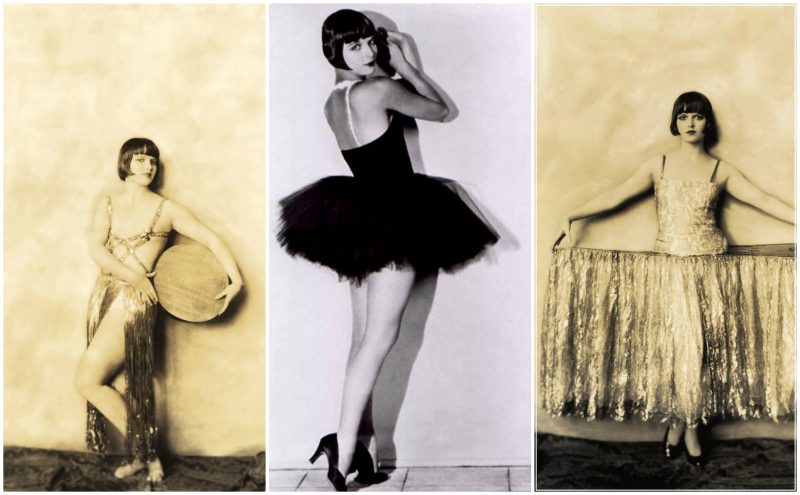The roaring beauty of the Jazz Age, the girl with the bob, one of the Ziegfeld girls, the iconic flapper, Louise Brooks or Lulu was the girl that epitomize the glitz and glamour of the “Roaring Twenties.”
American film actress, dancer noted as an iconic symbol of the flapper, and for popularizing the bobbed haircut, Brooks starred in seventeen silent films and eight sound films before retiring in 1935.
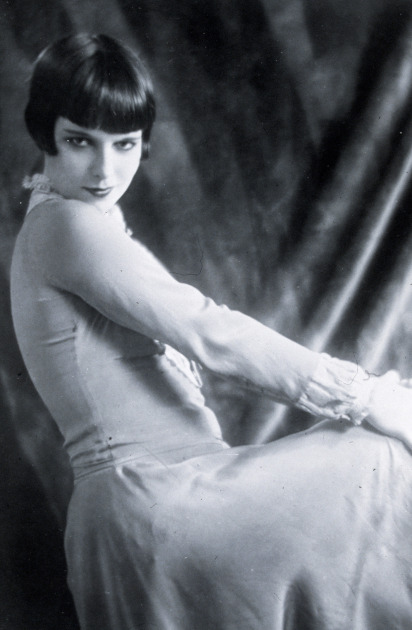
When she was 9 years old, a neighborhood predator sexually abused Louise. This event had a major influence on Brooks’ life and career, causing her to say in later years that she was incapable of real love, and that this man “must have had a great deal to do with forming my attitude toward sexual pleasure….For me, nice, soft, easy men were never enough – there had to be an element of domination”. When Brooks at last told her mother of the incident, many years later, her mother suggested that it must have been Louise’s fault for “leading him on”.
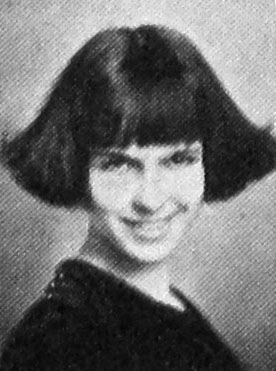
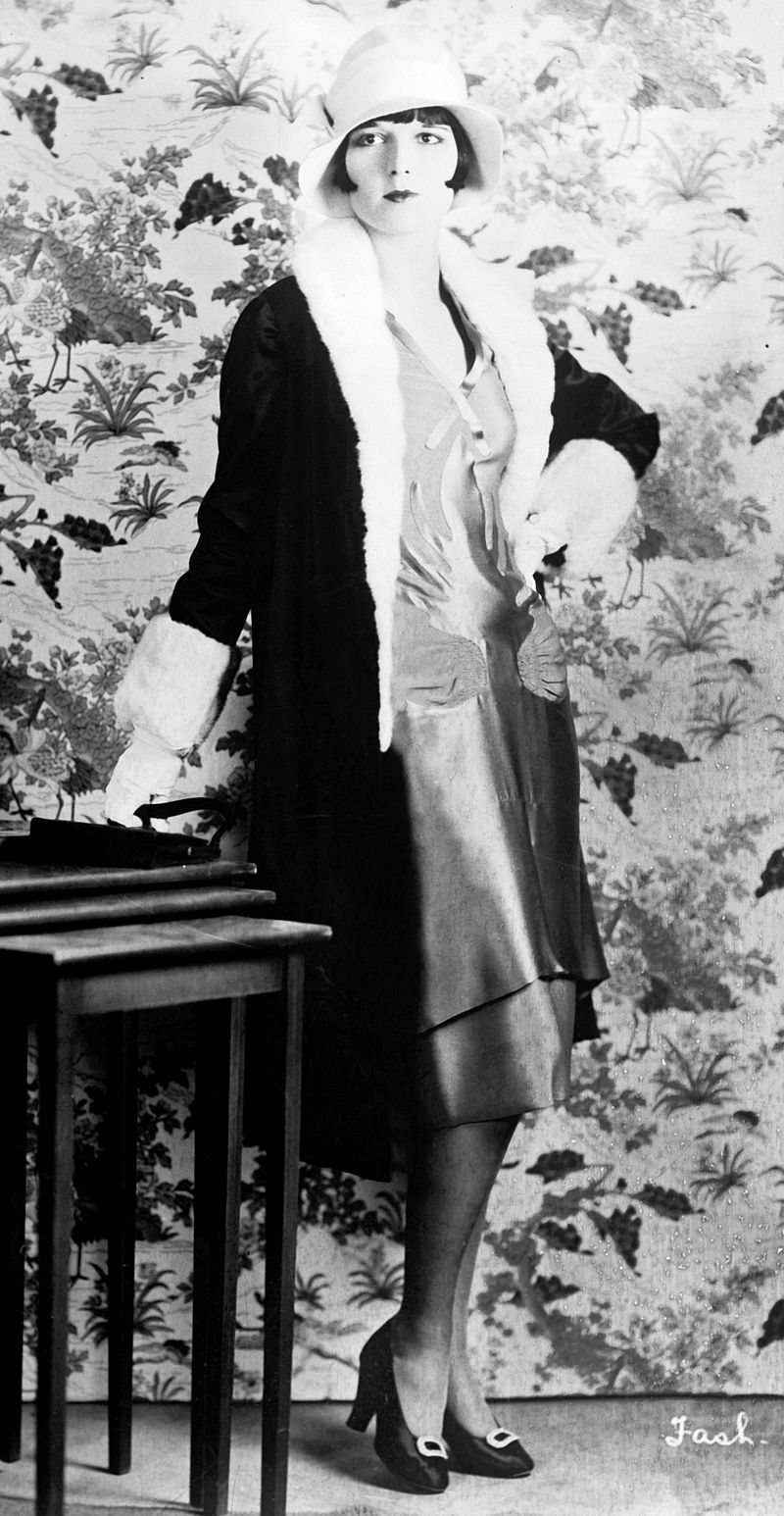
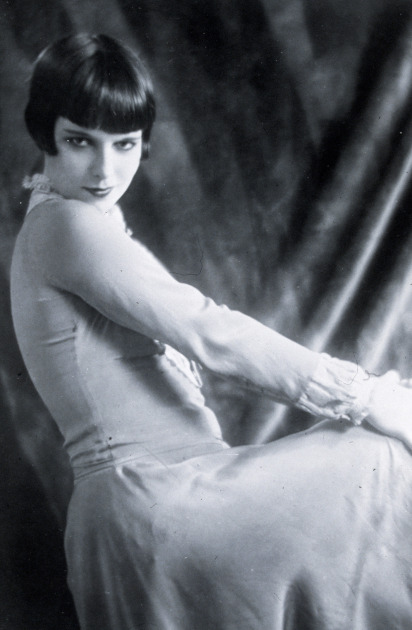
Brooks began her entertainment career as a dancer, joining the Denishawn modern dance company in Los Angeles (whose members included founders Ruth St. Denis, and Ted Shawn, as well as a youngMartha Graham) in 1922. In her second season with the company, Brooks had advanced to a starring role in one work opposite Shawn. A long-simmering personal conflict between Brooks and St. Denis boiled over one day, however, and St. Denis abruptly fired Brooks from the troupe in 1924, telling her in front of the other members that “I am dismissing you from the company because you want life handed to you on a silver salver”. The words left a strong impression on Brooks; when she drew up an outline for a planned autobiographical novel in 1949, “The Silver Salver” was the title she gave to the tenth and final chapter.
Thanks to her friend Barbara Bennett (sister of Constance and Joan), Brooks almost immediately found employment as a chorus girl in George White’s Scandals, followed by an appearance as a featured dancer in the 1925 edition of the Ziegfeld Follies on Broadway. As a result of her work in the Follies, she came to the attention of Paramount Pictures producer Walter Wanger, who signed her to a five-year contract with the studio in 1925.(She was also noticed by visiting movie star Charlie Chaplin, who was in town for the premiere of his film The Gold Rush. The two had an affair that summer).
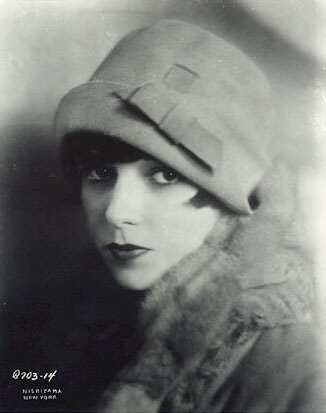
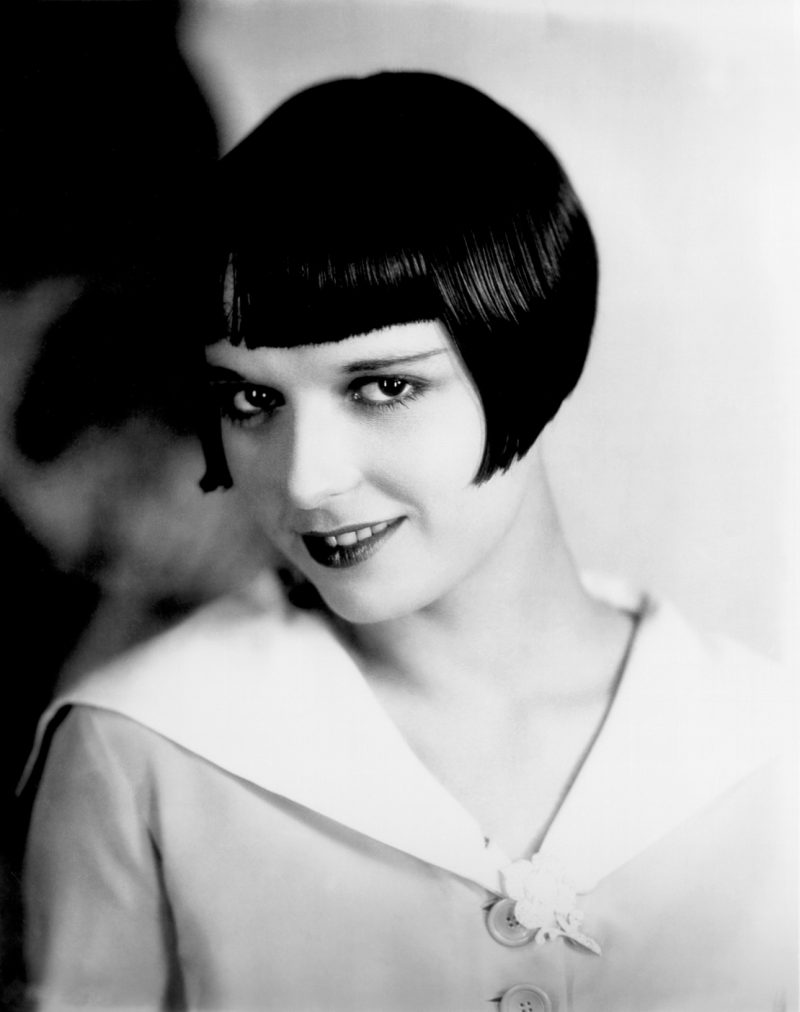
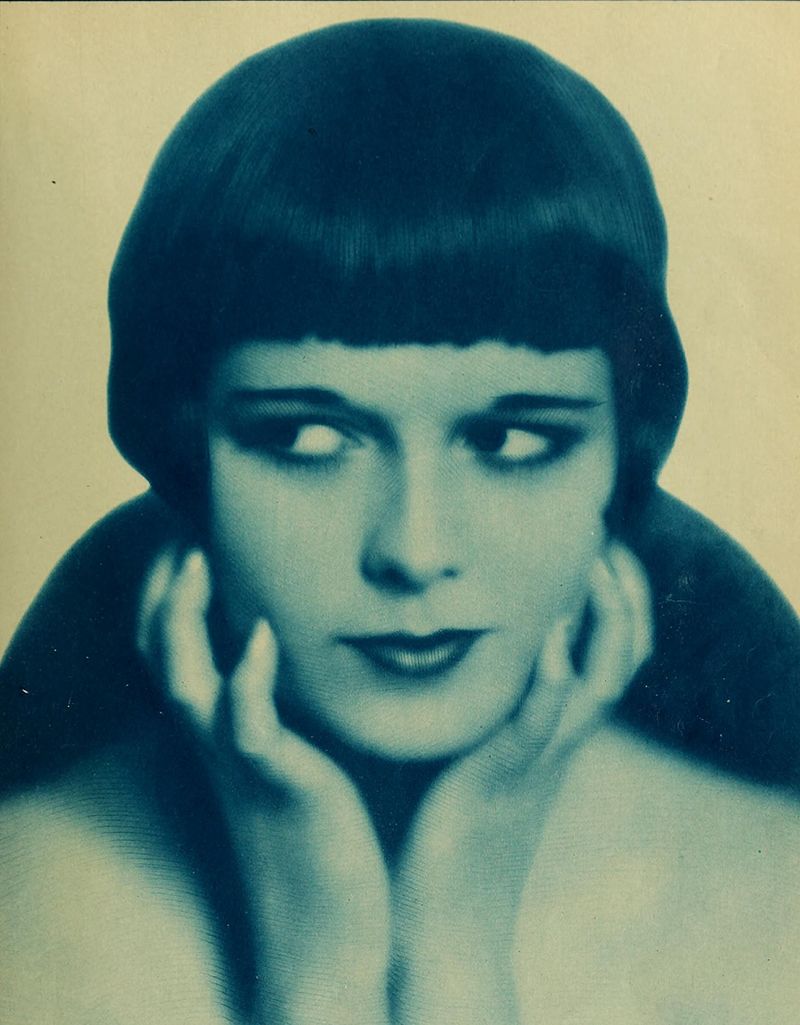
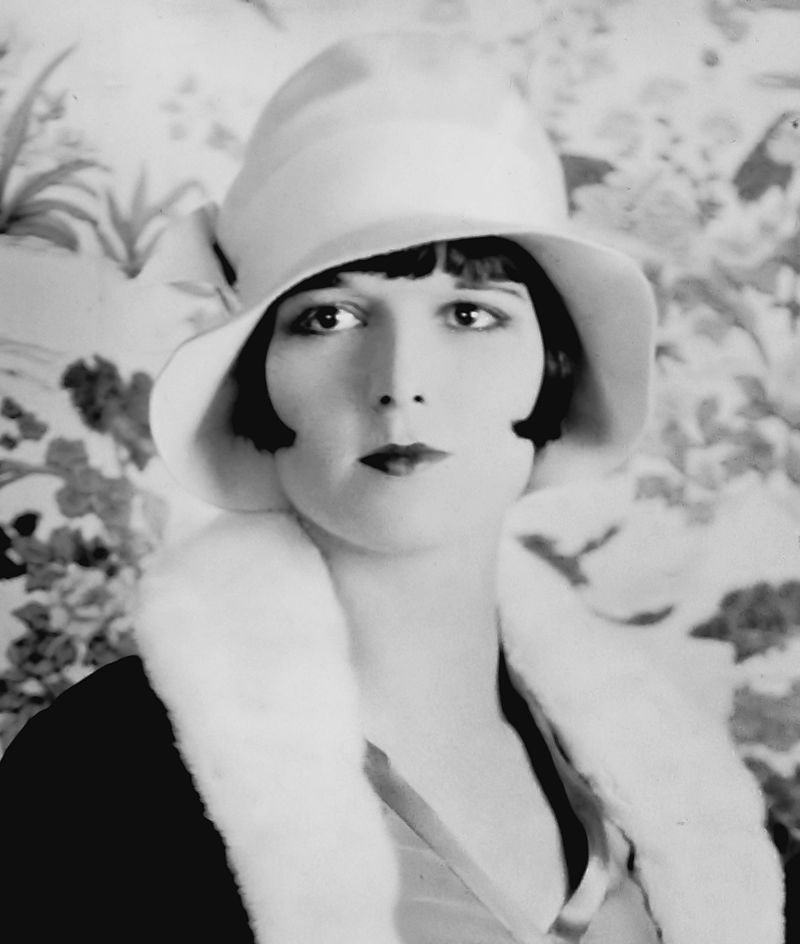
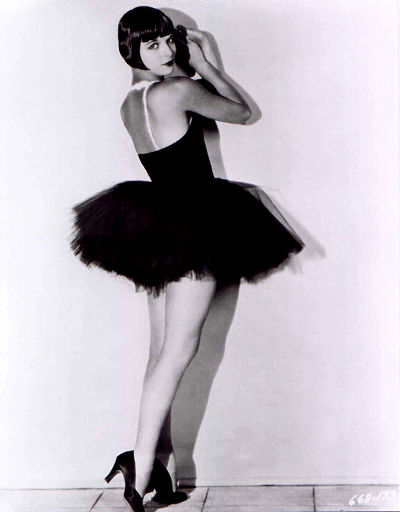
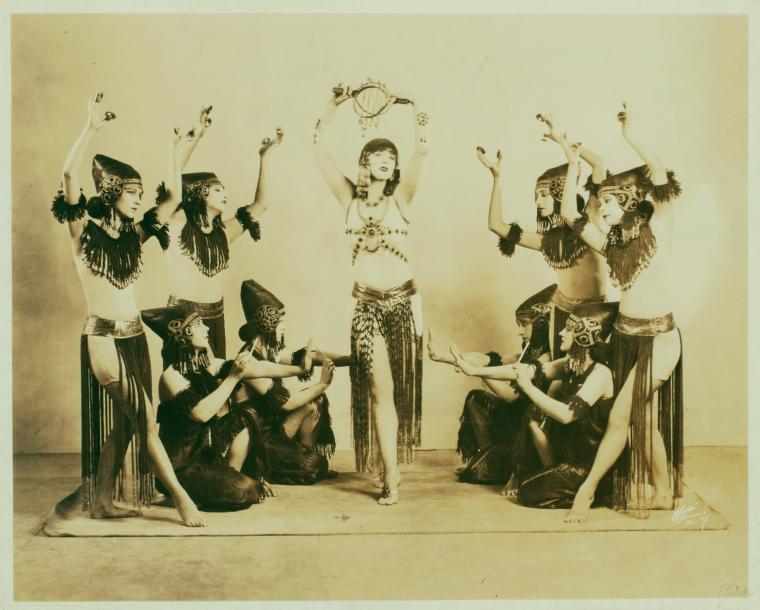
Brooks made her screen debut in the silent The Street of Forgotten Men, in an uncredited role in 1925. Soon, however, she was playing the female lead in a number of silent light comedies and flapper films over the next few years, starring with Adolphe Menjou and W. C. Fields, among others.She was noticed in Europe for her pivotal vamp role in the Howard Hawks directed silent “buddy film”, A Girl in Every Port in 1928.In an early sound film drama, Beggars of Life (1928), Brooks played an abused country girl on the run with hobos Richard Arlen and Wallace Beery whom she meets while riding the rails. Much of this film was shot on location, and the boom microphone was invented for this film by the director William Wellman, who needed it for one of the first experimental talking scenes in the movies.
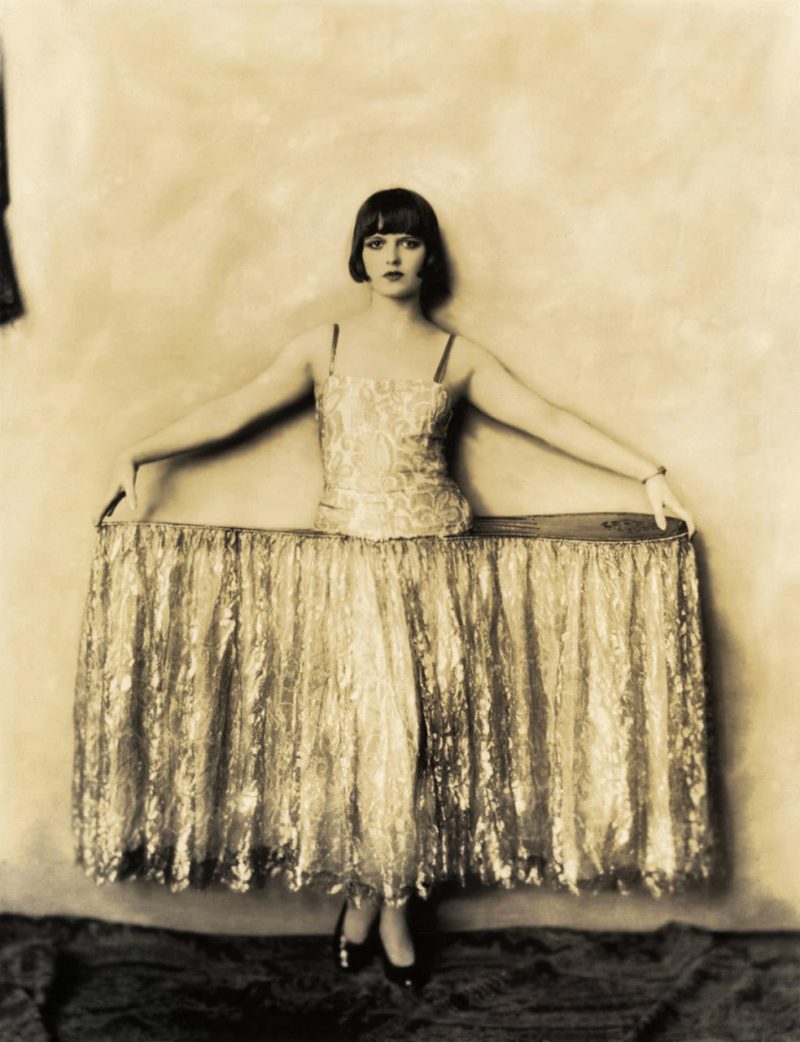
By this time in her life, she was mixing with the rich and famous, and was a regular guest of William Randolph Hearst and his mistress, Marion Davies, at San Simeon, being close friends with Davies’ niece, Pepi Lederer. Her distinctive bob haircut helped start a trend; many women styled their hair in imitation of her and fellow film star Colleen Moore. Soon after the film Beggars Of Life was made, Brooks, who loathed the Hollywood “scene”, refused to stay on at Paramount after being denied a promised raise, and left for Europe to make films for G. W. Pabst, the prominent Austrian Expressionist director.
Paramount attempted to use the coming of sound films to pressure the actress, but she called the studio’s bluff. It was not until 30 years later that this rebellious move would come to be seen as arguably the most savvy of her career, securing her immortality as a silent film legend and independent spirit. Unfortunately, while her initial snubbing of Paramount alone would not have finished her in Hollywood altogether, her refusal after returning from Germany to come back to Paramount for sound retakes of The Canary Murder Case (1929) irrevocably placed her on an unofficial blacklist. Actress Margaret Livingston was hired to dub Brooks’s voice for the film,[as the studio claimed that Brooks’ voice was unsuitable for sound pictures.
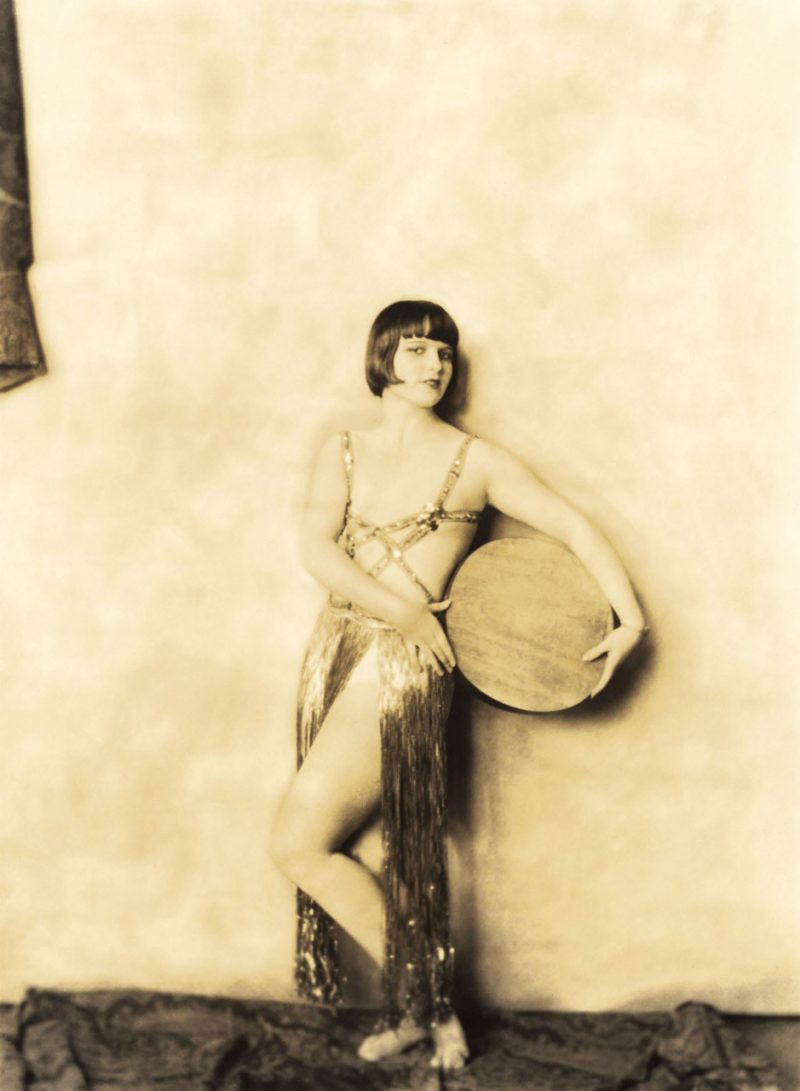
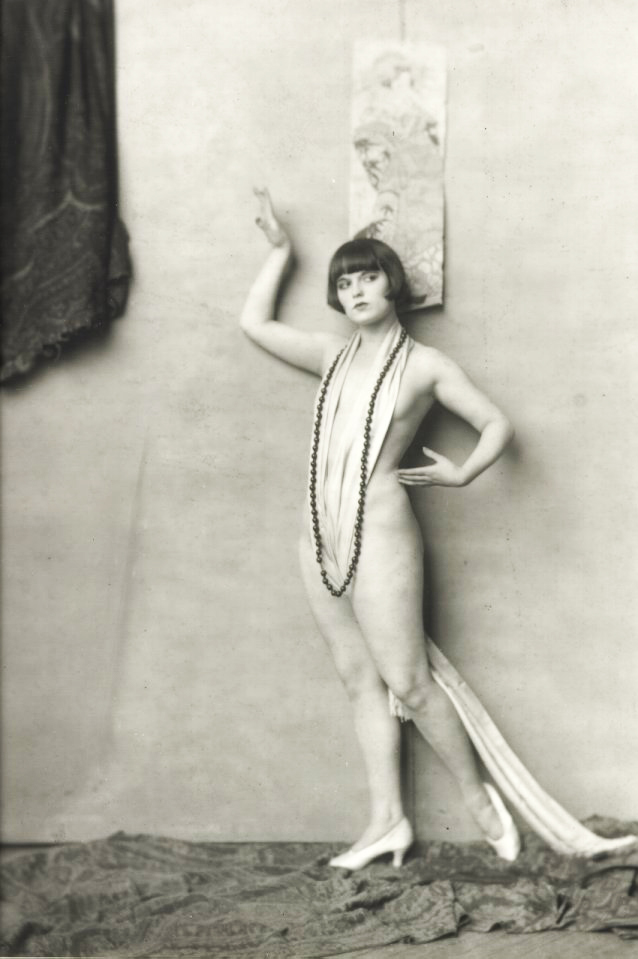
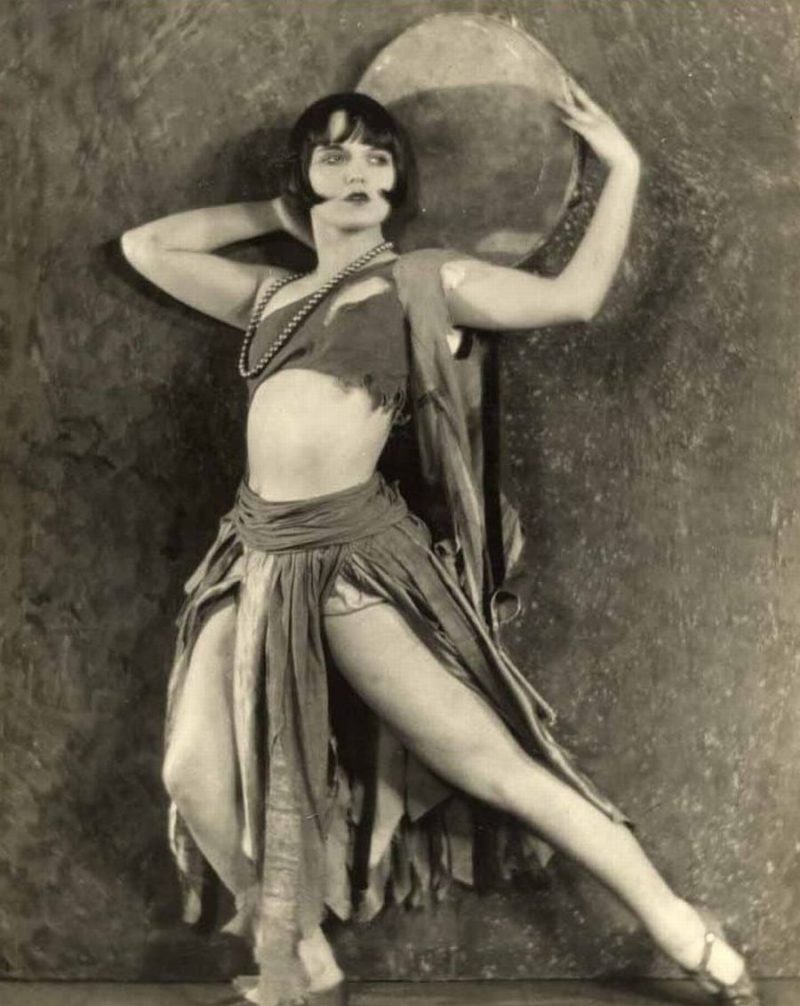
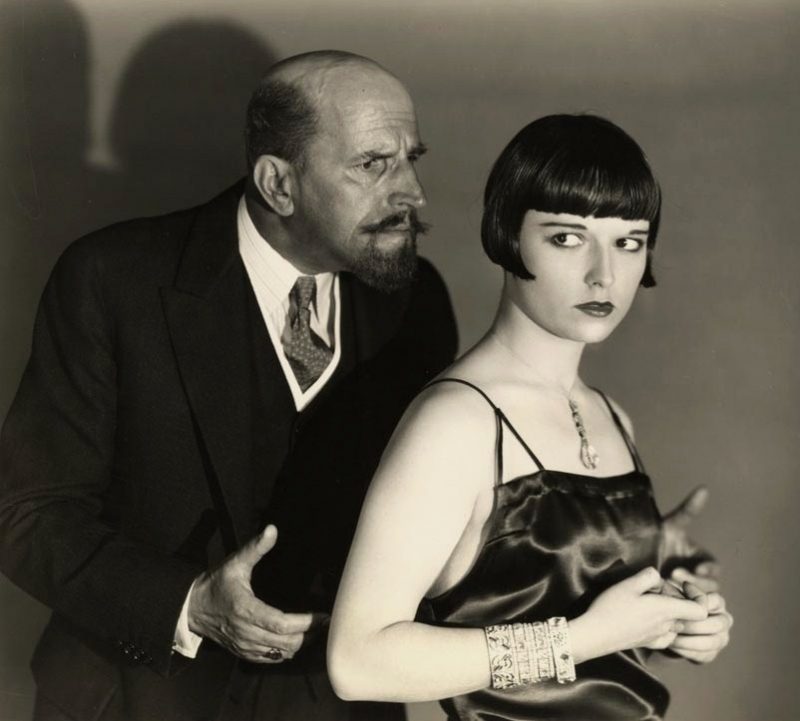
Brooks declared bankruptcy in 1932 and began dancing in nightclubs to earn a living. She attempted a comeback in 1936, and did a bit part in the Western Empty Saddles, which led Columbia to offer her a screen test, contingent on appearing in the 1937 musical When You’re in Love, uncredited, as a specialty ballerina in the chorus. She made two more films after that, including the lead oppositeJohn Wayne in Overland Stage Raiders (1938), a “B” Westernin which she played the romantic lead with a long hairstyle that rendered her all but unrecognizable from her Lulu days.
